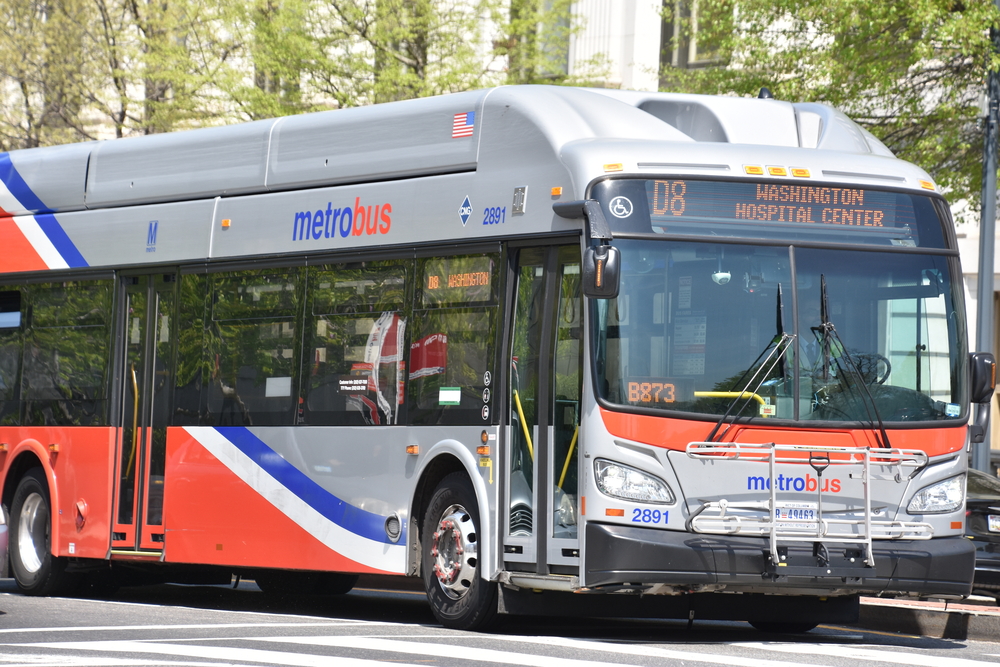Metro is planning to switch to 100 percent zero-emission bus purchases by 2030, and have its entire bus fleet 100 percent zero-emission by 2045.
Metro’s board is expected to vote on the “Sustainability Vision and Principles and Metrobus Fleet Plan,” which includes the green goals, in the following weeks, following a committee approval on Thursday.
“Federal fleet requirements continue to focus on electric and lower-emission vehicles, reduced GHG emissions, and support for cleaner and more renewable forms of energy,” it was stated in the plan. “Regional transit providers continue to invest in and explore electric buses, electric buses as share of fleets to grow in coming years.”
In order to convert Metro facilities to support electric buses, investments will be made into charging equipment that will be installed in garages with electric bus support; garage configuration, including ceiling height, parking, and maintenance area dimensions; workforce opportunities and collaboration with labor; parts and materials storage according to new bus technology; and operational and safety considerations.
There will also be a pilot program in 2023 operating out of Metro’s Shepherd Parkway garage to test 10 standard-length electric buses and two articulated electric buses.
In 2019, riders took more than 300 million trips on Metrorail and Metrobus, which is a way of reducing greenhouse gas emissions compared to car rides, according to the Washington Metropolitan Area Transit Authority (WMATA).
Metrorail and Metrobus trips in 2019 displaced over 300,000 metric tons of CO2, with bus trips emitting ~25 percent less per mile compared to a single occupancy car, and rail trips emitting ~65 percent less per mile compared to a single occupancy car.
Every 1 percentage point increase in public transit as a share of regional trips would reduce GHG emissions by ~125,000 metric tons per year.
With the goal of having zero-emission fleets, WMATA is hoping to further reduce regional greenhouse gas emissions and help improve local air quality.

